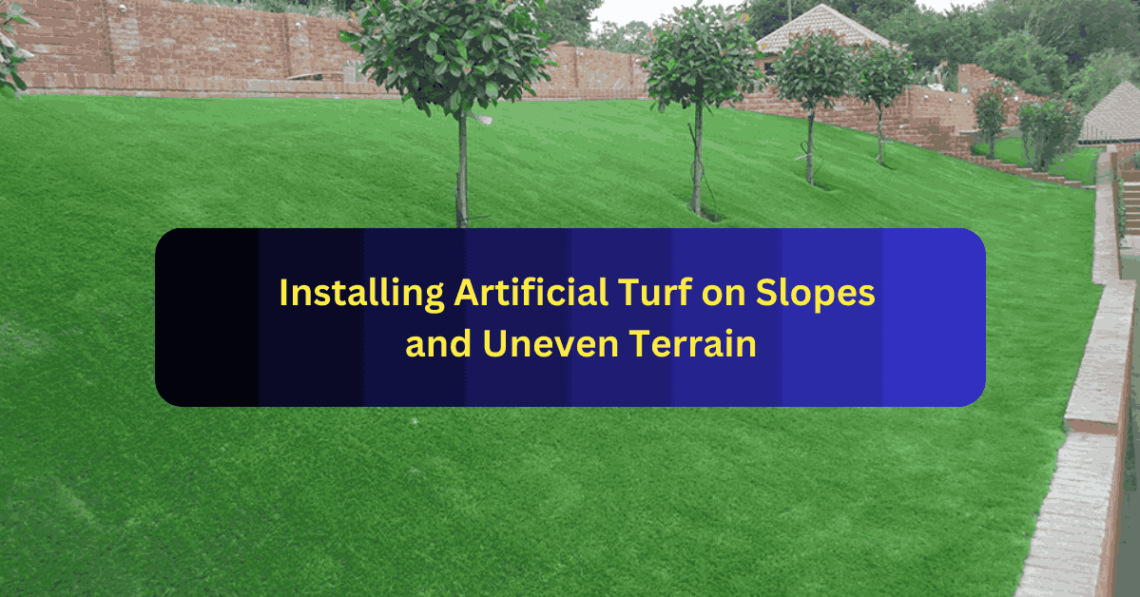
Installing Artificial Turf on Slopes and Uneven Terrain In 2023
Installing artificial turf on a slope or uneven terrain can transform the area into a functional, aesthetically appealing space.
A professional artificial grass company can help with artificial turf installation, providing a long-term landscaping solution that is cost-effective and environmentally friendly. Here are some tips for installing artificial turf on slopes and uneven terrain:
Planning and Preparation
Before starting the artificial turf installation process, assess the slope and terrain of the installation site. This will help you determine the amount of turf and backing materials needed and identify potential challenges that may arise during installation.
Develop a plan for grading and leveling the surface of your installation site. This plan can involve removing existing vegetation or debris, compacting the soil, and adding a layer of crushed aggregate to create a stable base. The degree of grading and leveling will depend on the severity of the slope and terrain.
Installing Base Layer and Edge Restraint
Before installing the turf’s base layer, excavate the install site to the required depth. This depth may vary depending on the type of turf being installed and the regional climate conditions. A layer of crushed stone, gravel, or washed sand is commonly used as the base material.
This provides a stable foundation for the turf to be placed on. Installing edge restraints on uneven or sloped terrain can help keep the turf in place and prevent shifting. Adding these perimeter markers also helps create a clean edge for a professional-looking finish.
Laying and Seaming the Artificial Turf
Once the sloped install site is prepared, carefully unroll the turf panels, align them properly, and smooth out any wrinkles or folds. Cut and fit the panels to the exact dimensions of the area, considering the slopes of any remaining hills.
Apply seaming tape and use a heat sealer to create a strong bond between the turf rolls. Infill material can help maintain the stability and longevity of your artificial turf surface. It helps to distribute weight evenly and provides cushioning for foot traffic. There are various options for infill material, including silica sand, rubber granules, or organic materials.
Grooming the Turf
Excess materials or debris should be removed from its surface to improve its safety and appearance. This includes trimming the length of the fibers and brushing the turf in a uniform direction. You can also use a leaf blower to remove leaves and other debris from the turf’s surface.
If your artificial turf has been installed on a slope, brushing the surface regularly can help maintain the surface’s traction and remove tripping hazards. This also helps redistribute the infill material that may have shifted on uneven terrain and keep the turf fibers upright.
Transform Your Outdoor Space With Artificial Turf Installation
Artificial turf installation is a simple, cost-effective way to enhance your sloped or uneven outdoor space. Proper preparation of the installation site, adding a base layer, and carefully measuring, laying, and seaming the turf can help create a functional outdoor space.
Securing the sloped turf with borders, nails, and infill material helps make sure the turf material stays in place during use. Contact a professional artificial grass company to learn more about installing turf on uneven terrain.
You May Also Like

How To Sell Products On Instagram (Generate Passive Income) in 2022
July 28, 2022
The Best Paint Colors for Exterior Painting in Different Climates
February 18, 2025

